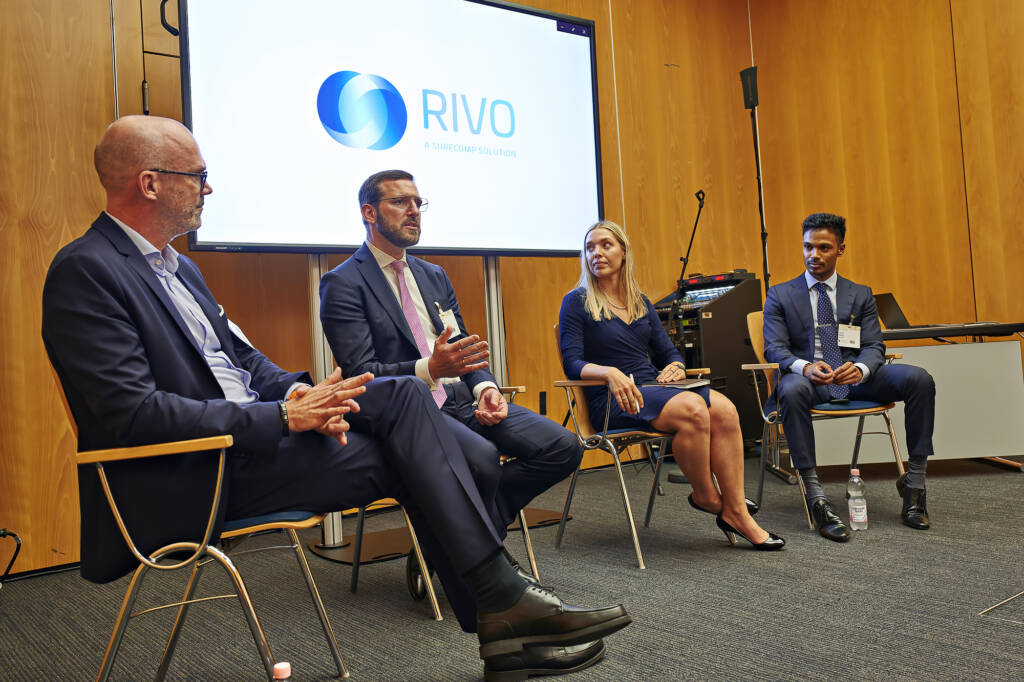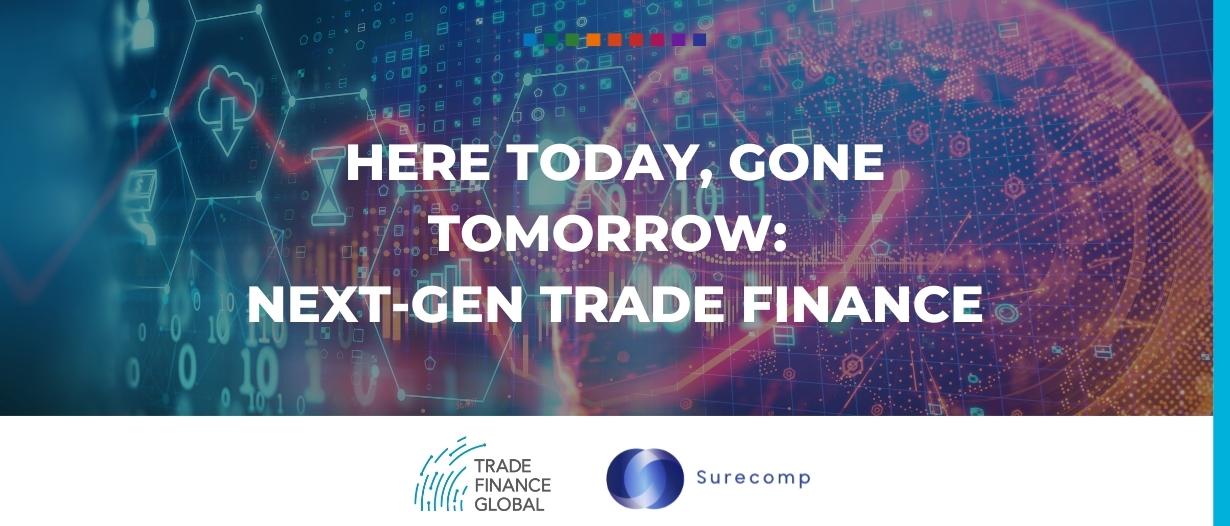The experts agree: dealing with regulations, better IT security, and ESG compliance are the three key areas that next-generation technology solutions need to address.
During the panel session ‘Unlocking liquidity with collaborative trade finance’ at the finanzsymposium in Mannheim in May, TFG spoke with German and Scandinavian fintech professionals about their thoughts on the future of trade finance, and what solutions they think are needed for the next generation.
The panel identified three key areas: dealing with regulations, better IT security, and ESG compliance.
The experts generally perceived all three issues to be best addressed through greater collaboration across the trade finance sector.

Incorporating regulation into the development process
Although the letters KYC generally strike fear into the hearts of most financial organisations, Brooke Conley, head of IT and Compliance at Tryg Garanti, feels that a change in mindset is needed when it comes to regulation.
Rather than viewing compliance as a separate addendum to the development process, practitioners should view it as a constructive framework to develop safe and responsible solutions without compromising on innovation.
“I oversee both development and regulatory matters because we genuinely believe that thinking of those things together is the only way to reach any kind of innovative solution,” Conley said.
“When we see how all these things work together, we can find ways to incorporate the regulatory spaces into our processes and make them beneficial to our operations.”
Firms that manage to strike the balance between compliance and innovation will move markets.
Enno-Burghard Weitzel, SVP of strategy and business development at Surecomp, thinks that fintechs should ideally aim for ways to integrate regulatory compliance so seamlessly into a system that no one even thinks about it.
“We want to make it so users don’t have to think about that regulation anymore,” Weitzel said.
“Take two-factor authentication – we as consumers are so comfortable with it now that we not only accept it, but we expect it from the systems we use because we want our login process to be relatively well protected.”
To develop such systems effectively, it is necessary to have a user-obsessed mindset coupled with a strong security focus.

Better IT security: email is not the answer!
Torsten Spieker, head of business process management for treasury systems at Eon Sweden, feels it is not just about regulation but also better IT security.
Without robust digital security measures, it will be difficult to encourage open-source platforms and greater cross-industry collaboration.
Part of this is because the majority of the industry still relies heavily on email to communicate and send information to various players.
The problem with this is that email is one of the least secure communication instruments available in the modern world.
Conversations about IT security measures like two-factor authentication will not be fully effective until people stop sending business-sensitive information over email.
Encouraging businesses to join an integrated, secure, open-source hub where users can interact in-platform – much like SWIFT – as well as input data and process paperwork digitally, could really help to reduce this reliance on email.
Once this digital nativity has been established, it will be easier to also leverage technology for other applications, like ESG.

Leveraging technology for ESG
Finally, there is the question of the ESG agenda, and how technology could play a role in helping trade finance companies meet ESG and sustainability goals.
“The question should not be whether a trade finance transaction is green or not,” Weitzel said.
“Instead the focus should be on putting a system in place that can manage the collection of all the necessary data points to come up with an answer to that question.”
Having an integrated open-source hub could aid this process by enabling more comprehensive data collection.
Better data collection would help to facilitate the process of ESG assessment and certification, as well as smooth and speed up the entire end-to-end process for everybody.
“That’s on our agenda to facilitate the use of even value-added or enhanced services that go beyond today’s expected requirements when it comes to trade plans,” Weitzel said.
Conley added that different countries and companies are at different levels in terms of achieving their ESG agendas, which makes the question of cross-sector or country integration and collaboration more difficult.
However, this is no reason not to try.
When it comes to pushing the sustainability transition, there is no better time than the present to take a step in the green direction.
































